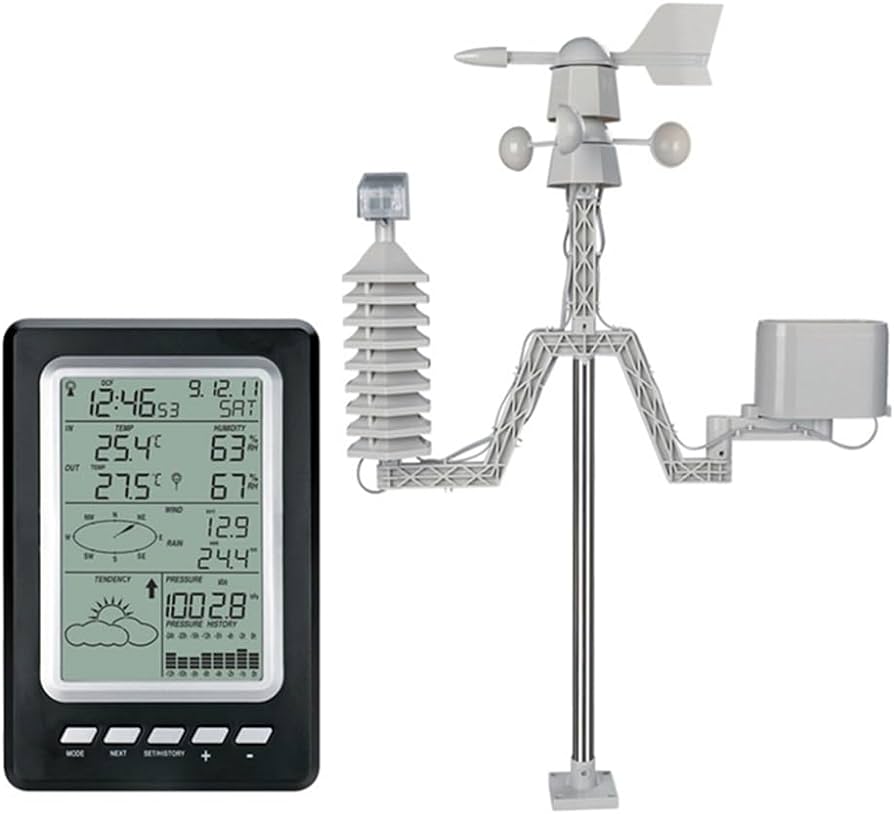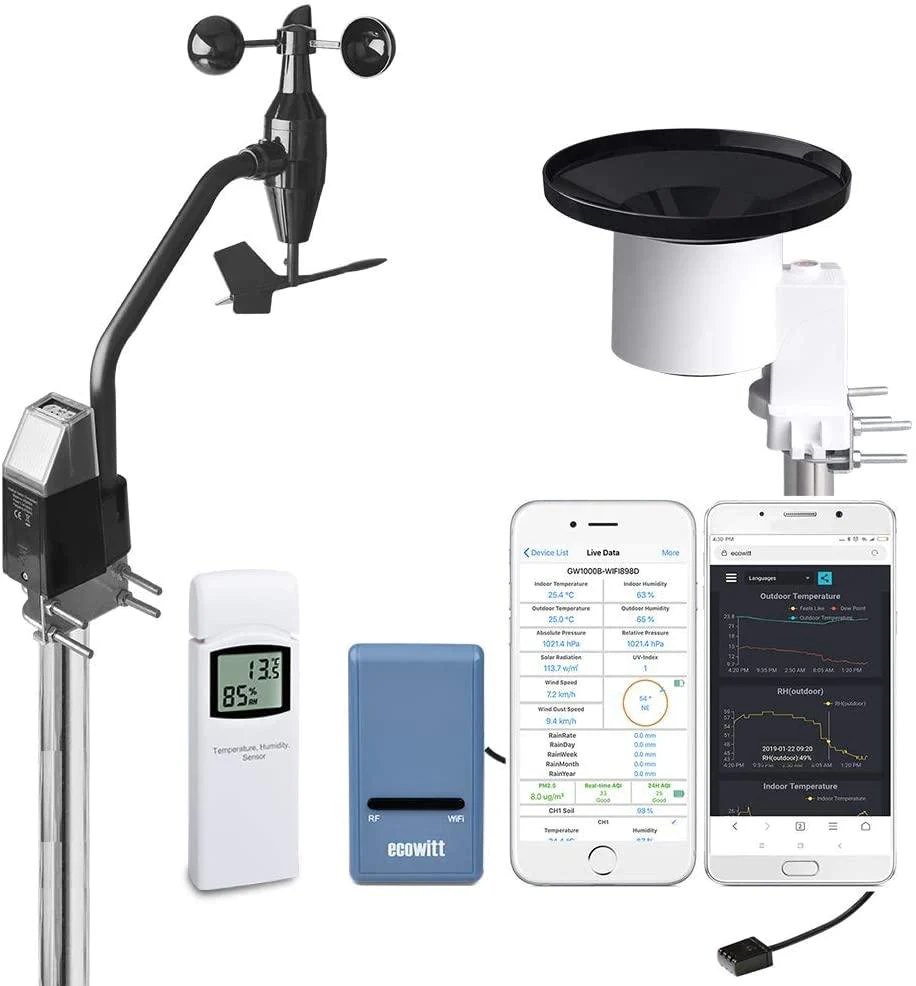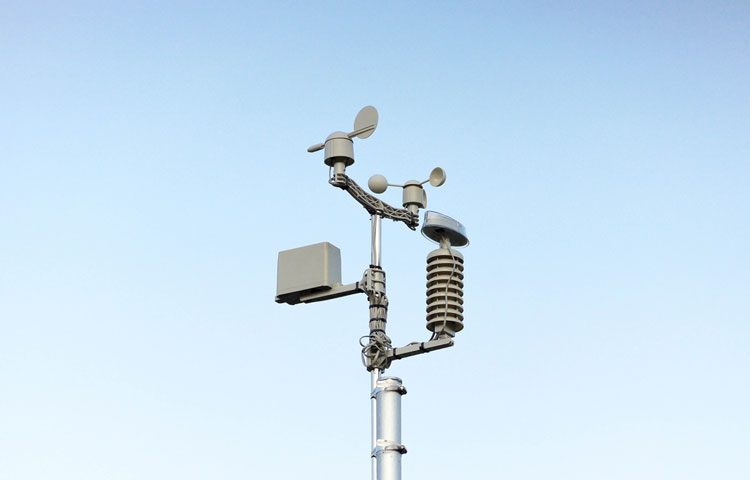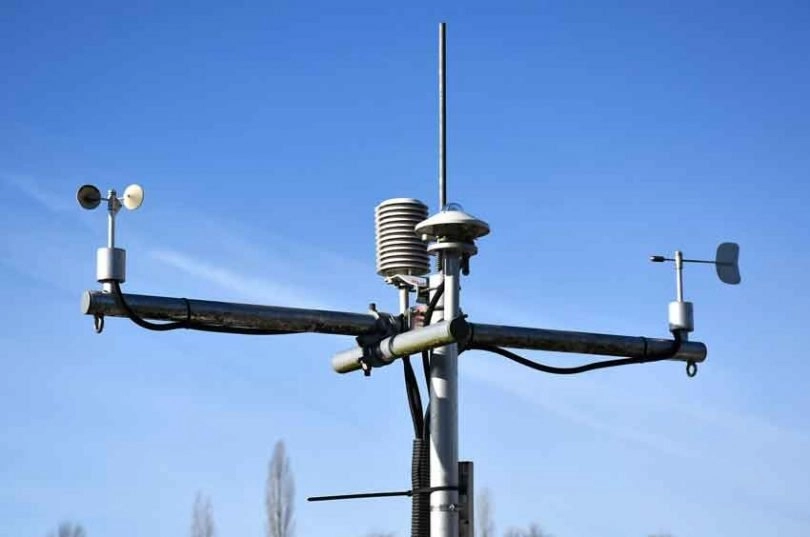The Importance of an Outdoor Indoor Weather Station
Weather has always captivated human curiosity with its ever-changing patterns and elements. From ancient civilizations observing the skies to today’s sophisticated meteorological technologies, the quest to understand and predict weather remains fundamental. In our modern lives, having access to accurate weather information is not only a matter of convenience but also safety and practicality. This is where outdoor indoor weather stations play a crucial role. In this comprehensive guide, we delve into the significance of outdoor indoor weather stations, exploring their functionalities, benefits, and why they’re essential in today’s world.
Table of Contents
Understanding Outdoor Indoor Weather Stations
Outdoor indoor weather stations, also known as home weather stations, are devices designed to measure various atmospheric conditions both inside and outside of a building. These stations typically consist of sensors that detect parameters such as temperature, humidity, barometric pressure, wind speed, and rainfall. Advanced models may also include additional features like UV index monitoring, solar radiation measurement, and wireless connectivity for remote monitoring.

Benefits of Outdoor Indoor Weather Stations
Accurate Forecasting:
Outdoor indoor weather stations provide real-time data, enabling accurate short-term and long-term weather forecasting. This information is invaluable for planning outdoor activities, and agricultural operations, and ensuring safety during severe weather events.
Personalized Insights:
By monitoring indoor conditions such as temperature and humidity, these stations offer insights into indoor comfort levels, helping optimize heating, ventilation, and air conditioning (HVAC) systems for energy efficiency and comfort.
Environmental Awareness:
With features like air quality monitoring, outdoor indoor weather stations contribute to environmental awareness by detecting pollutants and particulate matter, promoting healthier living environments.
Gardening and Agriculture:
Gardeners and farmers benefit from outdoor weather data for making informed decisions about planting, watering, and protecting crops from adverse weather conditions like frost or excessive heat.
Home Safety:
Monitoring parameters like wind speed and rainfall can alert homeowners to potential hazards such as strong winds, storms, or flooding, allowing them to take proactive measures to safeguard their property and loved ones.
Educational Tool:
Outdoor indoor weather stations serve as educational tools for learning about meteorology, climate science, and the interconnectedness of weather patterns, fostering curiosity and understanding among users of all ages.

Types of Outdoor Indoor Weather Stations
Basic Weather Stations: These entry-level stations typically measure essential parameters like temperature, humidity, and barometric pressure, providing basic weather monitoring capabilities suitable for home use.
Mid-range Weather Stations: Mid-range models offer additional features such as wind speed, wind direction, and rainfall measurement, providing more comprehensive weather data for hobbyists, outdoor enthusiasts, and small-scale agricultural operations.
Advanced Weather Stations: Advanced weather stations are equipped with a wide range of sensors for measuring parameters like UV index, solar radiation, soil moisture, and more. They often feature wireless connectivity and data logging capabilities for remote monitoring and analysis.
Choosing the Right Outdoor Indoor Weather Station
When selecting an outdoor indoor weather station, consider the following factors:
Accuracy and Reliability: Opt for a reputable brand known for producing accurate and reliable weather instruments to ensure consistent performance and data accuracy.
Sensor Range and Coverage: Evaluate the sensor range and coverage of the weather station to ensure it can effectively monitor both indoor and outdoor conditions across your property.
Ease of Installation and Use: Choose a weather station with user-friendly installation instructions and an intuitive interface for easy setup and operation.
Additional Features: Determine which additional features are essential for your needs, such as wireless connectivity, data logging, and compatibility with third-party weather apps or smart home systems.
Budget: Consider your budget and choose a weather station that offers the best balance of features, performance, and affordability within your price range.
Technical Support and Warranty: Look for weather stations that come with reliable technical support and warranty coverage to address any issues that may arise after purchase.

Integration with Smart Home Systems
One of the significant advancements in outdoor indoor weather stations is their integration with smart home systems. With the rise of the Internet of Things (IoT), weather stations can now seamlessly communicate with other smart devices in your home. This integration allows for automated responses based on weather conditions. For example, if the weather station detects rain, it can trigger your smart irrigation system to pause watering the garden. Similarly, if indoor humidity levels rise above a certain threshold, it can activate your dehumidifier to maintain optimal indoor air quality. This level of automation not only enhances convenience but also promotes energy efficiency and reduces unnecessary resource consumption.
The Role of Citizen Science
Outdoor indoor weather stations are not only valuable for personal use but also contribute to citizen science initiatives. Many weather enthusiasts participate in community-based weather monitoring programs, sharing their data with scientific organizations and researchers. This collective data helps improve weather forecasting models, monitor climate trends, and study local weather patterns. By becoming a part of citizen science projects, users of outdoor indoor weather stations can actively contribute to scientific research while expanding their understanding of weather phenomena.
Conclusion
Outdoor indoor weather stations play a vital role in our lives by providing accurate and timely weather information for both indoor and outdoor environments. From forecasting weather patterns to optimizing indoor comfort and promoting environmental awareness, these devices offer many benefits for homeowners, gardeners, farmers, educators, and weather enthusiasts alike. Investing in a quality outdoor indoor weather station will gain valuable insights into the ever-changing weather conditions and enhance safety, efficiency, and overall quality of life.
So, whether you’re a seasoned meteorology enthusiast or simply someone who appreciates staying informed about the weather, consider adding an outdoor indoor weather station to your home or workspace. With its ability to empower you with knowledge and foresight, it’s truly an indispensable tool for weather watching in today’s dynamic world.

